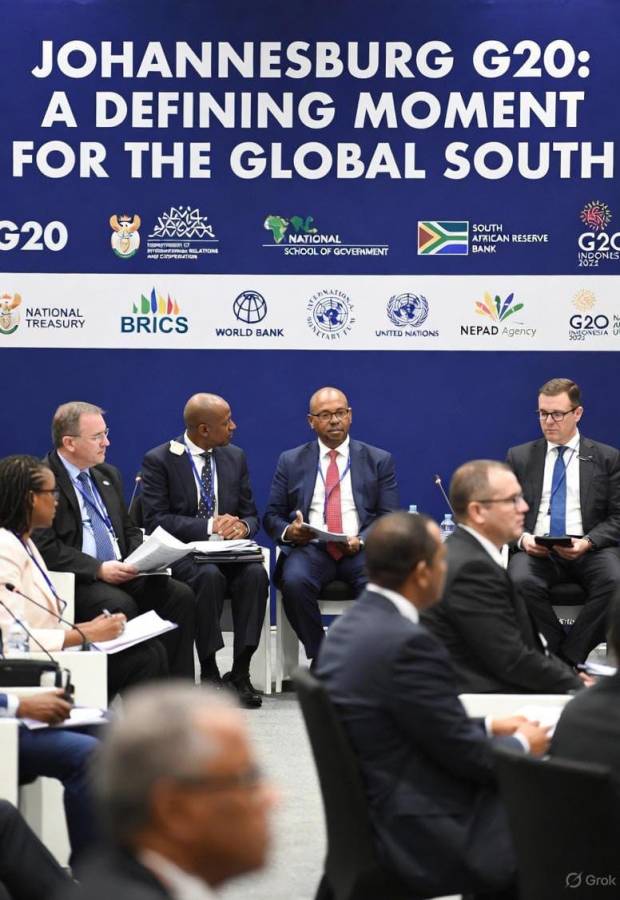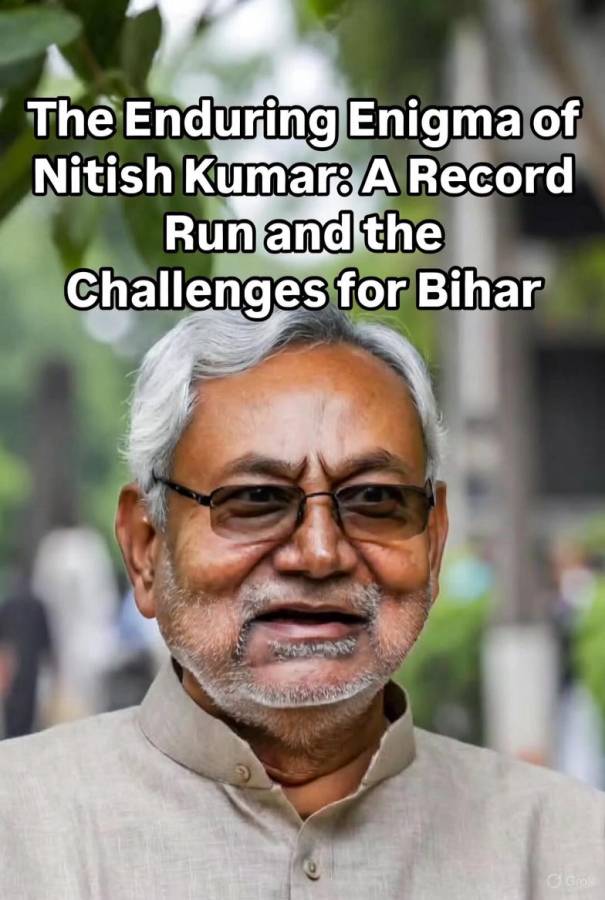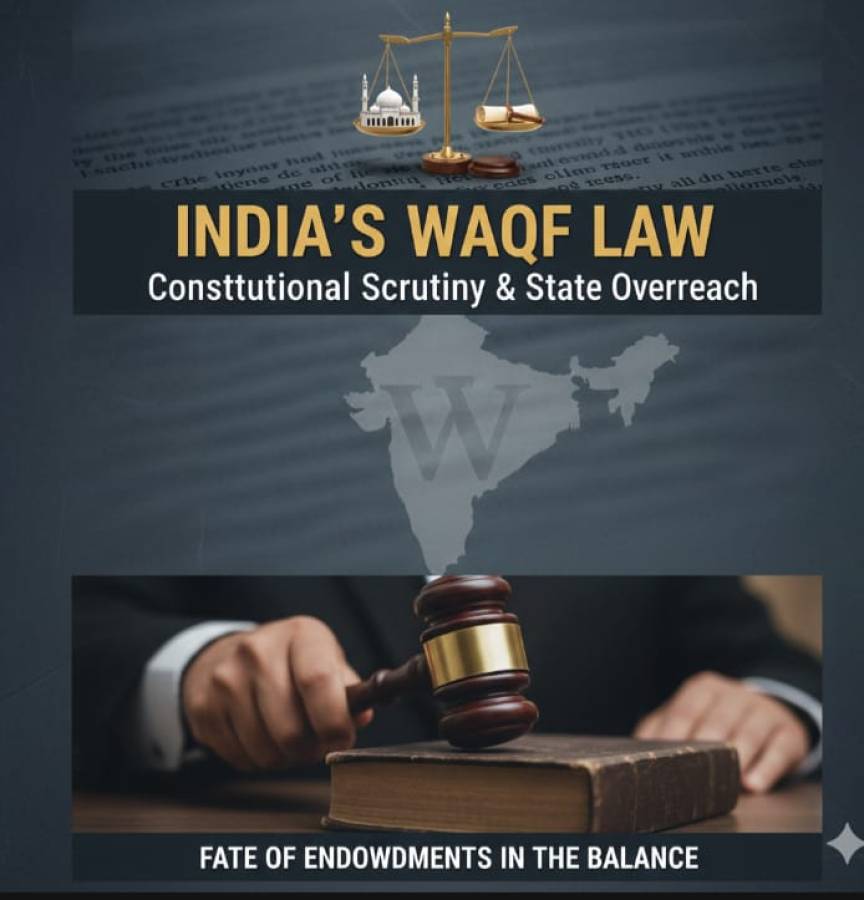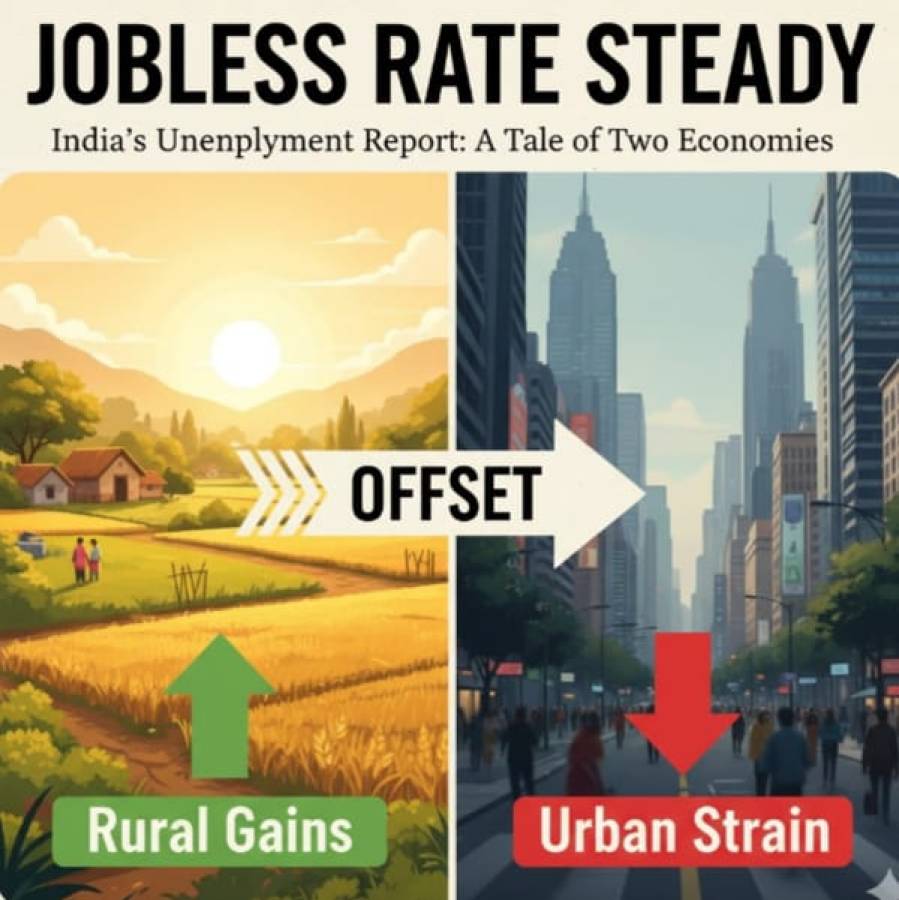
The 2025 Nobel Prize in Chemistry has gone to three extraordinary scientists who may have given the world a new weapon against climate change. Susumu Kitagawa from Japan, Richard Robson from the United Kingdom, and Omar M. Yaghi from Jordan were awarded for their pioneering work on metal-organic frameworks, or MOFs. These are molecular structures that can trap gases, store energy, and even pull water out of thin air.
At first, the name “metal-organic frameworks” sounds technical, but the idea behind them is simple. Imagine a sponge so tiny that it operates at the level of atoms and molecules. This sponge is made of metal atoms connected by organic molecules, forming an intricate network full of pores. These pores create enormous internal surfaces where gases can be captured or stored. A single teaspoon of this material could have the surface area of an entire football field.
That is what makes MOFs remarkable. They can absorb carbon dioxide, the gas most responsible for global warming, directly from factory emissions or even the air itself. They can also harvest water from dry desert air or filter toxic substances from the environment. Some versions of these frameworks are being tested to capture pollutants left behind by pharmaceuticals in rivers and lakes. Others may be used to store hydrogen or clean the air inside buildings.
The story of this discovery stretches back more than three decades. In 1989, Richard Robson began exploring new ways to combine metals and organic molecules, trying to build crystals that were spacious but orderly. His first results were unstable, yet they opened a new way of thinking about atomic design. In the 1990s, Susumu Kitagawa and Omar Yaghi picked up the idea independently and carried it forward. Kitagawa discovered that gases could move in and out of these frameworks, making them flexible and useful for gas separation. Yaghi, on the other hand, developed stable structures that could be modified for various purposes.
Between 1992 and 2003, both scientists refined the science of MOFs, turning Robson’s early experiments into practical, durable materials. Their combined work created a foundation for thousands of new MOFs that chemists have built since then. Today, researchers are exploring how these materials can be used on an industrial scale.
The applications are wide-ranging. Factories could use MOFs to trap carbon dioxide before it enters the atmosphere. Power plants might install them to reduce greenhouse gas emissions. In arid regions, MOFs could be used to pull moisture from the air and produce clean drinking water. The electronics industry is also testing them to contain toxic gases released during manufacturing.
The Nobel Committee recognized that the work of these scientists was not just about chemistry but about survival. As global warming accelerates, innovations like MOFs could become essential in reducing emissions and purifying air and water. “Some researchers believe that metal-organic frameworks have such huge potential that they will be the material of the twenty-first century,” the Committee noted in its announcement.
For the three laureates, the prize is a recognition of decades of patient experimentation. For the world, it is a reminder that scientific curiosity can lead to powerful tools for solving real problems. MOFs might still be in the early stages of practical use, but their promise is immense. They could help humanity breathe cleaner air, drink purer water, and leave behind a smaller carbon footprint.
In a time when headlines are often filled with warnings about climate disasters, this Nobel Prize brings a different kind of message. It shows that human ingenuity is still capable of finding hope in the tiniest of structures. The path from a lab experiment to a global solution is long, but discoveries like this one prove that science can still light the way forward.





















